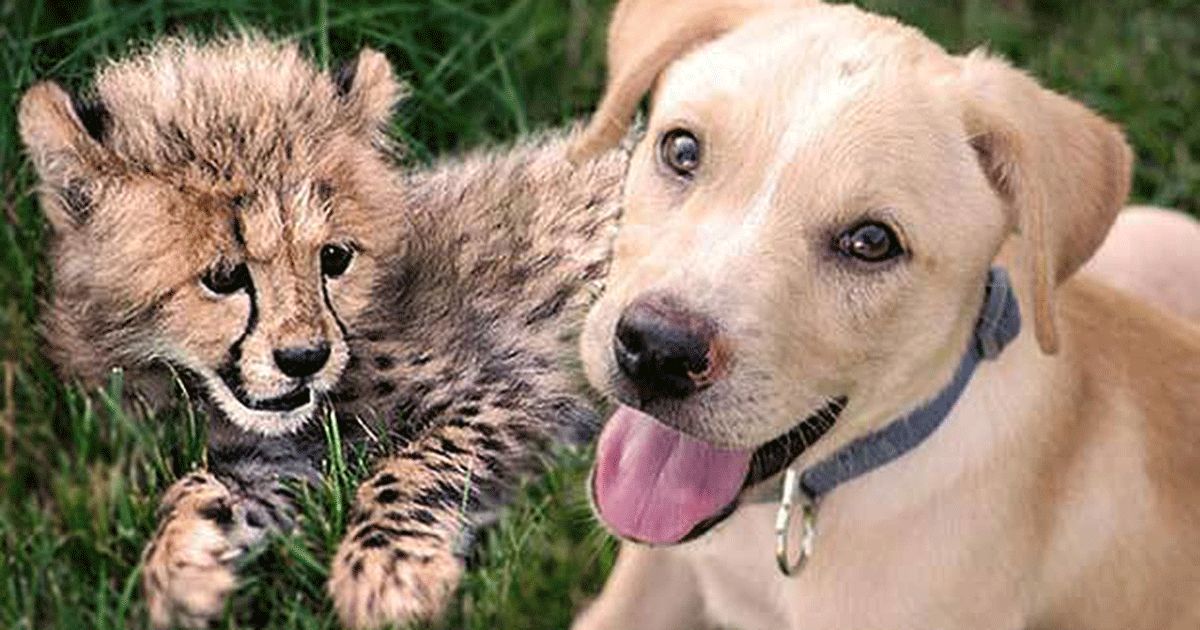Advertisement
SEE IT: Puppy, Cheetah Cub Form Special Bond at Richmond Zoo
By Jason Owen
Advertisement - Continue reading below

At the Metro Richmond Zoo in Mosley, Virginia, a cheetah and a puppy have become best friends.
Kumbali was the youngest cheetah cub of a litter of three. When he was just a few weeks old, his caretakers noticed that while the other two cubs were getting larger, Kumbali was actually getting smaller. They quickly dove into the problem and discovered that Kumbali’s mother had only two functioning nipples of eight, meaning Kumbali hadn’t been eating. Zookeepers quickly took Kumbali to bottle-raise the cub, and they eventually reintroduced him to the pack.
Within weeks, Kumbali was getting stronger, and he returned to full strength. But due to the nature of cheetahs, reintroducing Kumbali to his mom and siblings would be awfully dangerous, as the mother would now consider him a threat to her other children. Still, Kumbali needed a non-human companion. As the zoo put it, “Man’s best friend would soon become cheetah’s, too.”

For more than 30 years, dogs have been used as companion animals for cheetahs in these circumstances.
“This symbiotic relationship would never happen in the wild; however, we believe the positive outcomes outweigh any negative,” the zoo wrote on its website. “As the two grow up together, they create a bond that becomes almost inseparable, sibling-like. They provide companionship for each other. The dog has a calming influence because the cheetah will take behavioral cues from the dog — learning not to fear his surroundings, but instead embracing them with confidence. The dog normally becomes the dominant figure in the relationship by becoming the protector and leader. The cheetah will not hurt or kill his friend.”
Enter Kago.
Kumbali and Kago have become best friends, and the animals are teaching one another. They run, jump, and play all the time.

“And maybe these two can teach humans something about living together as well,” the zoo said. “They don’t even seem to recognize their differences in species, size, or color. There is only acceptance. Maybe we, as humans, have some things to learn from these two.”
Editor’s Note: This piece was first published on Oct. 7, 2015.
Advertisement - Continue reading below
